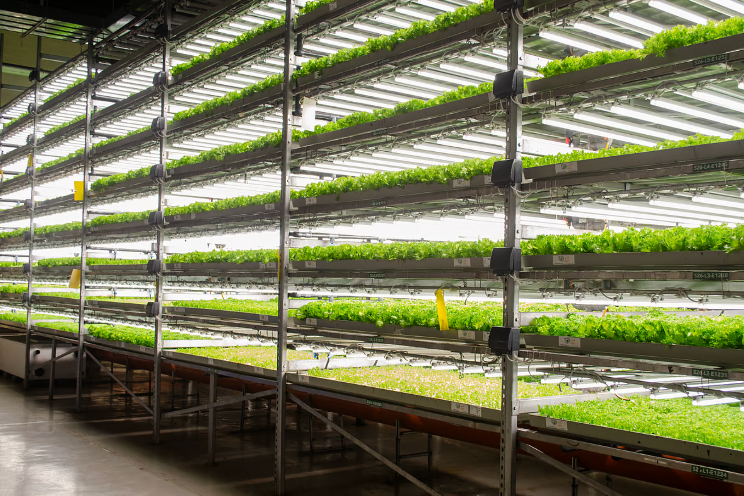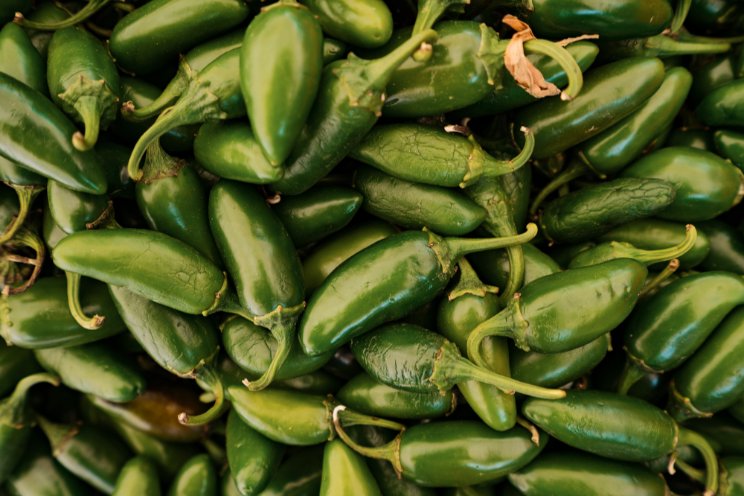Spice is nice, or is it? The truth about contamination
Added on 26 May 2023

Mercury, it's an extraordinary planet, but not so cool when it's in your taco spice mix.
In 2021, Consumer Reports tested 126 spice and herb products from popular brands such as McCormick, Trader Joe’s, Great Value (Walmart), and Whole Foods. The study aimed to determine the levels of arsenic, cadmium, lead, mercury, and Salmonella species in 15 popular and commonly consumed spices and to assess any associated health risks.
The ugly truth of the study found that a third of the spices tested contained heavy metal levels high enough to raise health concerns. Lead levels were so high in 31 products that they exceeded the maximum amount anyone should have daily. – yikes!
Of issue across several brands were basil, cumin, ginger, paprika, and turmeric and of all the products tested, ginger, oregano, and thyme had the most alarming levels in the report.
A single herb or spice used once is unlikely to cause harm, but it can build in the body over time with repeated exposure. Heavy metals in foods can cause serious health issues, including damage to the central nervous and immune system in adults, behavioral problems, and a negative impact on brain development in children.
A global look at herbs and spice sources
The popularity of ethnic cuisines and growing awareness of the health benefits of spices and herbs has made them one of the highest-traded food products across the world; a market valued at US$4 billion.
Photo by Zahrin Lukman on Unsplash
More news















